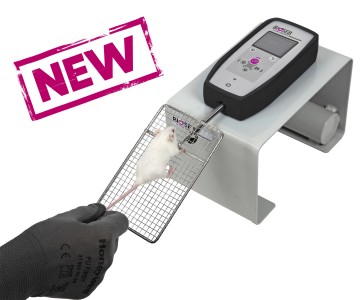Authors
J. Corey-Bloom, A.M. Aikin, A.M. Guitierrez, J.S. Naghem, T.L. Howell, E.A. Thomas
Lab
The Scripps Research Institute, La Jolla, CA, USA
Journal
Brain Research
Abstract
Huntington’s disease (HD) is a fatal, neurodegenerative movement disorder that has no cure and few treatment options. In these preclinical studies, we tested the effects of chronic treatment of glatiramer acetate (GA; Copaxone), an FDA-approved drug used as first-line therapy for MS, in two different HD mouse models, and explored potential mechanisms of action of drug efficacy. Groups of CAG140 knock-in and N171-82Q transgenic mice were treated with GA for up to 1 year of age (CAG140 knock-in mice) or 20 weeks (N171-82Q mice). Various behavioral assays were measured over the course of drug treatment whereby GA treatment delayed the onset and reduced the severity of HD behavioral symptoms in both mouse models. The beneficial actions of GA were associated with elevated levels of promoter I- and IV-driven brain-derived neurotrophic factor (Bdnf) expression and reduced levels of cytokines, in particular, interleukins IL4 and IL12, in the brains of HD mice. In addition, the GA-induced effects on BDNF, IL4 and IL12 levels were detected in plasma from drug-treated mice and rats, suggesting utility as a peripheral biomarker of treatment effectiveness. These preclinical studies support the use of GA as a relevant clinical therapy for HD patients.
BIOSEB Instruments Used
Grip strength test (BIO-GS3)
Source :
https://www.sciencedirect.com/science/article/pii/S0006899317303499

 Pain - Thermal Allodynia / Hyperalgesia
Pain - Thermal Allodynia / Hyperalgesia Pain - Spontaneous Pain - Postural Deficit
Pain - Spontaneous Pain - Postural Deficit Pain - Mechanical Allodynia / Hyperalgesia
Pain - Mechanical Allodynia / Hyperalgesia Learning/Memory - Attention - Addiction
Learning/Memory - Attention - Addiction Physiology & Respiratory Research
Physiology & Respiratory Research
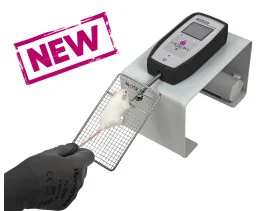
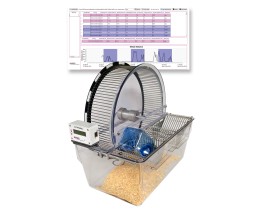



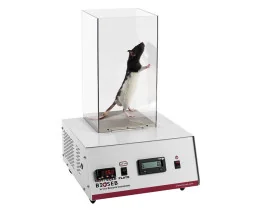
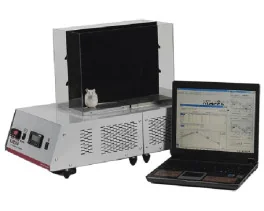

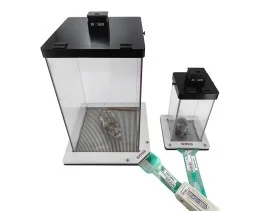

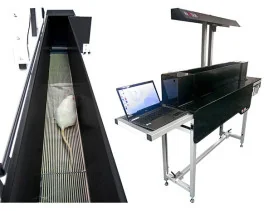
![Dynamic Weight Bearing 2.0 – Postural Module [Add-on]](https://bioseb.com/733-home_default/dynamic-weight-bearing-20-add-on-postural-module.jpg)






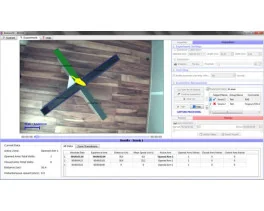
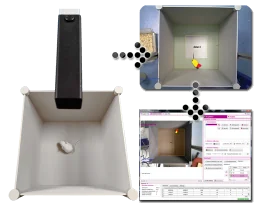


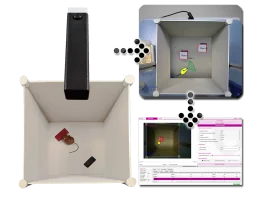

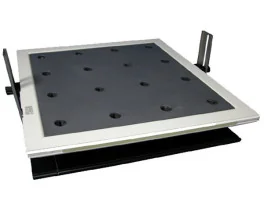



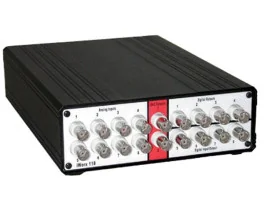

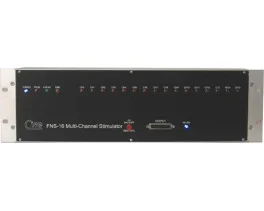
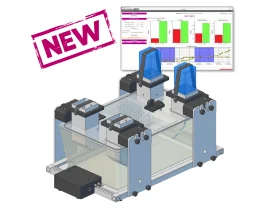

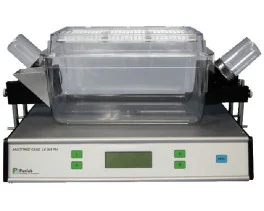
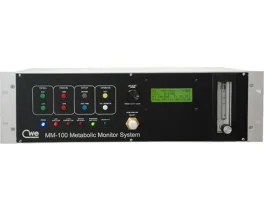

 Pain
Pain Central Nervous System (CNS)
Central Nervous System (CNS) Neurodegeneration
Neurodegeneration Sensory system
Sensory system Motor control
Motor control Mood Disorders
Mood Disorders Other disorders
Other disorders Muscular system
Muscular system Joints
Joints Metabolism
Metabolism Cross-disciplinary subjects
Cross-disciplinary subjects CONFERENCES & MEETINGS
CONFERENCES & MEETINGS 